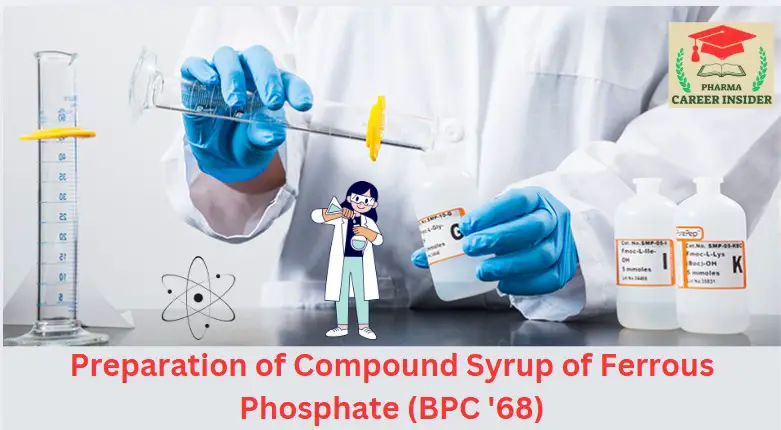Learn how to prepare Cresol with Soap Solution in this pharmacy lab experiment. Includes aim, principle, materials, procedure, and precautions. Ideal for B.Pharm and D.Pharm students.
https://realizationwaterwillingly.com/xugpx3g7?key=a115c29a8a612822deb85154a811b91f
Apply now for the WHO Consultant Job 2025! Ideal for M.Pharm grads with AMR skills. High pay, remote work, and global health impact. Deadline: April 22.
https://realizationwaterwillingly.com/xugpx3g7?key=a115c29a8a612822deb85154a811b91f
Florida is facing a growing measles outbreak in 2025. Learn about affected counties, symptoms, vaccine guidelines, and how to protect your family during the Florida measles outbreak.
https://realizationwaterwillingly.com/xugpx3g7?key=a115c29a8a612822deb85154a811b91f
Learn how to prepare Compound Syrup of Ferrous Phosphate (BPC ’68) with step-by-step instructions, materials, quality control tests, and precautions.
https://realizationwaterwillingly.com/xugpx3g7?key=a115c29a8a612822deb85154a811b91f
In the realm of pharmacology and drug design, physicochemical properties play a crucial role in determining a compound’s therapeutic potential. These properties affect a drug’s …
https://realizationwaterwillingly.com/xugpx3g7?key=a115c29a8a612822deb85154a811b91f
Discover how Moringa tea benefits weight loss by boosting metabolism, burning fat, and reducing appetite. Learn when and how to drink it for results.
https://realizationwaterwillingly.com/xugpx3g7?key=a115c29a8a612822deb85154a811b91f
Discover everything about semisynthetic tetracyclines, especially Minocycline and Doxycycline. Learn their structure, uses, synthesis, properties, mechanism of action, and differences.
https://realizationwaterwillingly.com/xugpx3g7?key=a115c29a8a612822deb85154a811b91f
Learn everything about Natural Tetracyclines (Biosynthetic) including Tetracycline, Oxytetracycline, and Chlortetracycline—structures, uses, synthesis, and more in this detailed guide.
https://realizationwaterwillingly.com/xugpx3g7?key=a115c29a8a612822deb85154a811b91f
What are Tetracyclines? Tetracyclines are a vital class of broad-spectrum antibiotics that have been used in clinical medicine since the 1940s. They were originally isolated …
https://realizationwaterwillingly.com/xugpx3g7?key=a115c29a8a612822deb85154a811b91f
Master the evaluation of semi-solid dosage forms! Explore key methods for stability, rheology, drug release & microbiological testing to ensure top-quality formulations










